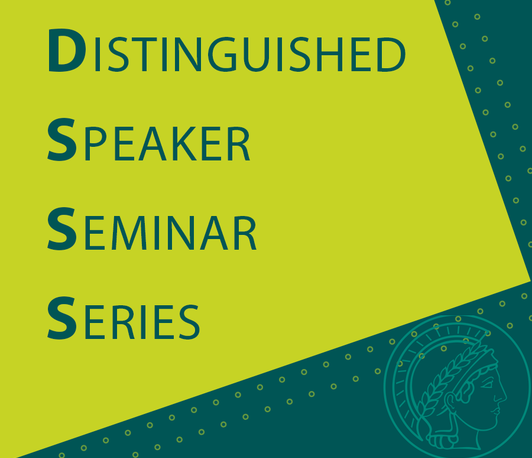DSSS - Selection, genetic covariance, and network position predict gene expression evolution during adaptation
- Date: Jun 7, 2024
- Time: 03:00 PM - 04:00 PM (Local Time Germany)
- Speaker: Prof. Frédéric Guillaume
- Organismal and Evolutionary Biology research programme, Faculty of Biological and Environmental Sciences, University of Helsinki
- Location: NO.002, MPI für Intelligente Systeme

Understanding how selection acts on standing genetic variation is key to predict evolutionary changes leading to adaptation in new environments. Taking advantage of individual-level transcriptome and fitness data from two time points within replicated experimental evolution lines of Tribolium castaneum (red flour beetle), we could show that estimates of total genetic selection on transcript variation (Robertson-Price equation) were predictive of evolutionary changes in gene expression after 20 generations of adaptation to a hot-dry stressful environment (HD). Moreover, with estimates of transcriptome-wide genetic co-variances, we found that the majority of total selection is indirect, stemming from selection on correlated gene expression levels. A co-expression network analysis showed a weakened trait-fitness relationship in HD within the first generation, relative to a mild control environment caused by stress-related plastic responses of gene expression in HD. It also showed that selection had rewired the co-expression network in HD after 20 generations of adaptation. More importantly, we found that gene network position was predictive of the strength of total selection on gene expression, of evolutionary changes in gene expression and sequence variation, and of the presence of eQTL (genetic variants associated with expression at other genes). Our results thus suggest that selection for adaptation to a new environment targeted genes that occupy more central positions in gene co-expression networks (hub genes). They also show that by applying a classical quantitative genetics approach we could predict gene expression changes over relatively short-term adaptation. In addition, we could link parallelism of allele frequency changes among replicated lines with the strength of selection acting on gene expression levels, showing that genes under stronger total selection were carrying more parallel SNPs. Overall, our approach allowed us to gain a comprehensive view of how selection acts on gene expression variation during adaptation to a stressful environment.